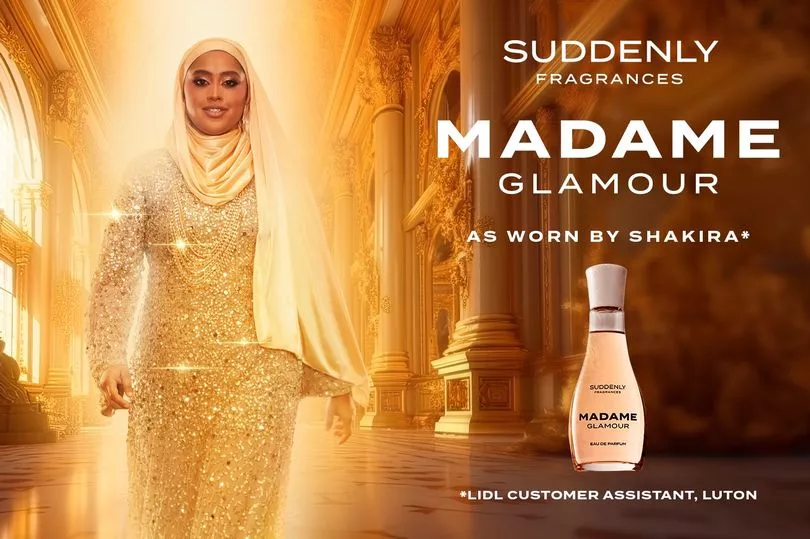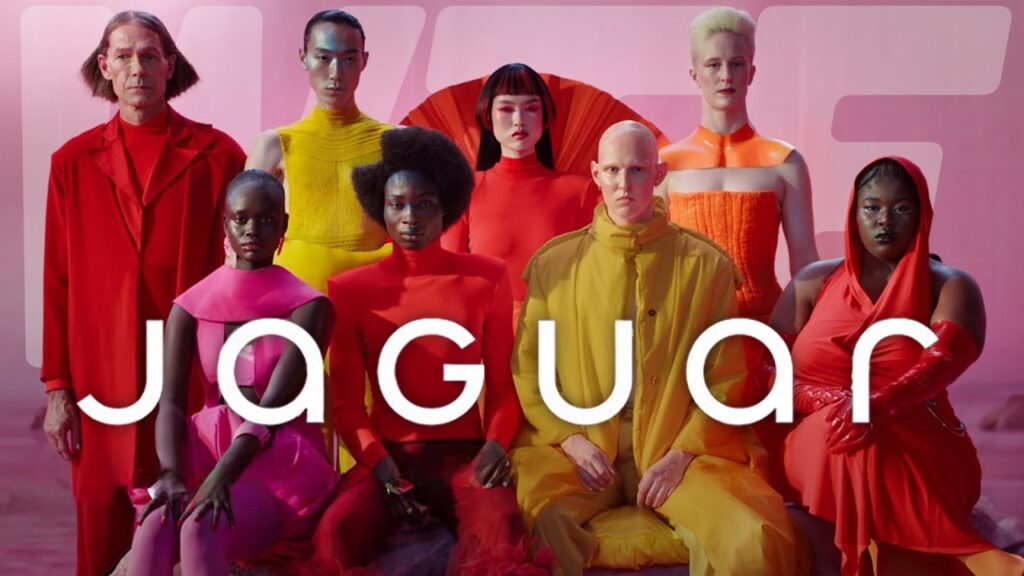Marketing messaging can feel like corporate Scrabble. UVP. USP. RTB. Everyone’s nodding like they know exactly what each one means, while secretly wondering if they’re using them correctly, or if they’re just marketing buzzwords to sprinkle into PowerPoint decks.
But here’s the truth: these acronyms, while small, carry a serious punch. They’re not just fluffy filler. They shape how your brand speaks, how your prospects perceive you, and ultimately, how many people convert.
In my 15 years working across dozens of industries, from startups to seasoned enterprises, I’ve seen what happens when a brand nails these. It’s like tuning a guitar. Suddenly, everything just sounds right. On the flip side, when your messaging is off, your audience might smile politely…and click away.

So let’s unpack this in plain English.
Quick Definitions (No MBA Required)
UVP – Unique Value Proposition: This is the overarching promise you make to your customer. It answers, “What value do we deliver?” It’s your bold, clear, top-level statement of relevance.
USP – Unique Selling Proposition: Zoom in a bit, and you get the USP. This one answers, “Why should they choose you over someone else?” It’s that sharp edge, the differentiator.
RTB – Reason to Believe: Now we’re getting into credibility. RTBs are the reasons someone should trust your UVP and USP. They’re the receipts, the data, the proof points. Because claiming to be “the best” isn’t enough. You’ve got to show them why.
Think of it like this:
- UVP: What you promise
- USP: Why you’re the pick
- RTB: Why they should believe you
Each piece builds on the other.

A Real-Life Metaphor: Coffee Shops
Imagine three coffee shops on the same street.
- UVP: One says, “Delicious coffee for your busiest mornings.” It’s a promise of value: fast, energizing, high-quality coffee.
- USP: The second says, “We’re the only in town. Serving fair-trade organic espresso in under 3 minutes.” Specific, differentiated.
- RTB: The third? It’s plastered with customer reviews, awards, and press clippings: “Rated #1 café by locals 3 years running.” That’s credibility.
A strong brand does all three.
Why This Isn’t Just Wordsmithing
When these three are crafted well, the rest of your marketing strategy becomes ten times easier. Your website copy, ad campaigns, email funnels, they all click.
I worked with a SaaS client last year who had all the right features, but flat messaging. After refining their UVP and pairing it with clean RTBs, we saw a 36% lift in homepage conversions. No design changes. Just clearer language.
Messaging isn’t about sounding fancy. It’s about making sense. Quickly.
And when B2B buyers now report spending just 17% of their decision-making time with sales reps (Gartner), your message has to work hard before you ever get to talk.

How to Build a UVP That’s Not Wallpaper
Most UVPs sound like they were born in a boardroom and raised by committee. That’s why they flop.
Here’s how to write one that resonates:
- Start with what your customer actually wants. This means going beyond demographics. What’s their daily friction? What problem do they vent about at lunch? What do they really value?
- Focus on the result, not the product. They’re not buying features. They’re buying a solution. Shift your language from, “Our platform has X” to “You’ll get Y result.”
- Simplicity is your friend. You have maybe 5–7 seconds. If your UVP needs a translator, it won’t work. Aim for clarity, not cleverness.
Some great UVP examples:
- Notion: “One workspace. Every team.”
- Uber: “Tap the app, get a ride.”
- Grammarly: “Great writing, simplified.”
They’re all rooted in a clear outcome. You know instantly who they’re for and why they matter.
Crafting a USP That Cuts Through the Noise
If UVP is the hook, USP is the spotlight. It’s your standout point, the reason people say “yes” to you and not someone else.
- Pinpoint your edge. Where do you shine brightest? Don’t say “customer service.” That’s everyone’s fallback. Get precise. Do you offer custom onboarding? Are you 3x faster? Cheaper? Local? Dig deep.
- Make it feel exclusive. Generic = forgettable. Specific = believable. “AI-powered insights” is a dime a dozen. “AI that reads contracts in 12 seconds with 96% accuracy” will turn heads.
- Run the ‘So What?’ test. Say your USP out loud. Now ask: would someone care? Or would they shrug? If it doesn’t spark interest, refine it until it does.
Standout USPs in action:
- Lemonade: “Forget everything you know about insurance.”
- Basecamp: “The all-in-one toolkit for working remotely.”
- Casper: “The Internet’s favorite mattress.”
You don’t need to be loud. You need to be different and credible.

RTBs: The Proof Behind the Pitch
Here’s the part where trust is earned. RTBs don’t have to be flashy, but they must be present.
1. Quantify where you can. Numbers reduce doubt. Think:
- “Trusted by 1.2 million customers.”
- “90% of users see results in 30 days.”
2. Use borrowed trust. Cite known brands or third-party validations:
- “Backed by Y Combinator.”
- “Certified by the FDA.”
3. Leverage real voices. Testimonials, case studies, screenshots, they all humanize your pitch.
- A real quote from a happy client beats a generic claim 9 times out of 10.
Bonus tip: Use visuals. Logos, numbers, and video clips grab faster than paragraphs ever will.
A Quick Case Study: Calm
Let’s look at how a wellness app does this:
- UVP: “Sleep more. Stress less. Live better.”
- USP: “The #1 app for sleep, meditation and relaxation.”
- RTBs: “100M+ downloads. Apple App of the Year. Endorsed by top psychologists.”
See the layering? Clear value. Sharp positioning. Solid proof. No fluff.

5 Things I’ve Learned From 15 Years in Marketing Messaging
Your customer will never ask for “better messaging.” But they’ll act when you write it.
- People don’t know what good messaging looks like. But they feel it, and respond accordingly.
The moment you get clever, you lose 80% of your audience.
- If they have to think, you’re already behind. Clarity beats clever. Every time.
One good message is worth ten mediocre ones.
- Trying to say too much dilutes the impact. One sharp line creates confidence. Cut aggressively.
Your team should be able to recite it in their sleep.
- If marketing writes it, but sales can’t say it, you’ve already lost alignment.
Good messaging won’t fix a bad product. But it’ll expose a good one faster.
- Sharp messaging accelerates adoption. It’s not lipstick, it’s a megaphone.

A Parting Thought
The best marketing doesn’t shout. It connects.
When you get your UVP, USP, and RTB working together, they become your sharpest tools. They cut through noise. They attract the right people. They build trust.
This isn’t just strategy. It’s common sense, made specific. And when done right, it works.
So go ahead, pull up that messaging doc, grab a strong coffee, and get clear.
Because clarity? That’s what sells.




